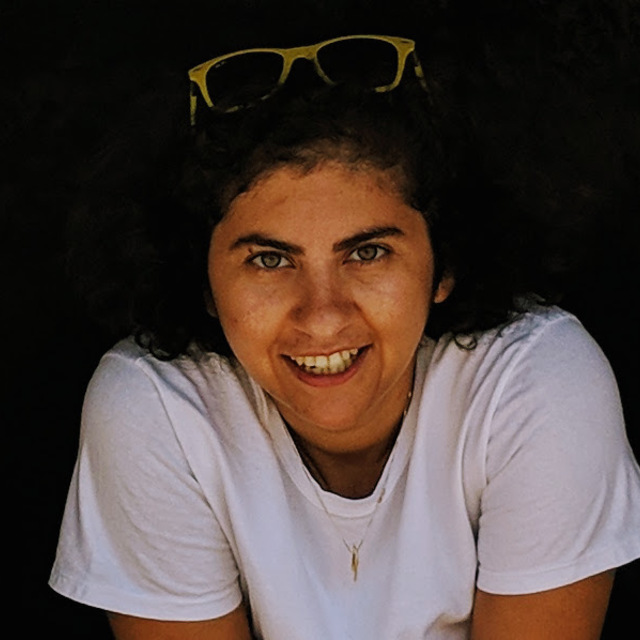February
2021
•
2021MNRAS.501.2044T
Authors
•
Troxel, M. A.
•
Long, H.
•
Hirata, C. M.
•
Choi, A.
•
Jarvis, M.
•
Mandelbaum, R.
•
Wang, K.
•
Yamamoto, M.
•
Hemmati, S.
•
Capak, P.
Abstract
•
The Nancy Grace Roman Space Telescope (Roman) mission is expected to launch in the mid-2020s. Its weak lensing program is designed to enable unprecedented systematics control in photometric measurements, including shear recovery, point spread function (PSF) correction, and photometric calibration. This will enable exquisite weak lensing science and allow us to adjust to and reliably contribute to the cosmological landscape after the initial years of observations from other concurrent Stage IV dark energy experiments. This potential requires equally careful planning and requirements validation as the mission prepares to enter its construction phase. We present a suite of image simulations based on GALSIM that are used to construct a complex, synthetic Roman weak lensing survey that incorporates realistic input galaxies and stars, relevant detector non-idealities, and the current reference 5-yr Roman survey strategy. We present a first study to empirically validate the existing Roman weak lensing requirements flowdown using a suite of 12 matched image simulations, each representing a different perturbation to the wavefront or image motion model. These are chosen to induce a range of potential static and low- and high-frequency time-dependent PSF model errors. We analyse the measured shapes of galaxies from each of these simulations and compare them to a reference, fiducial simulation to infer the response of the shape measurement to each of these modes in the wavefront model. We then compare this to existing analytic flowdown requirements, and find general agreement between the empirically derived response and that predicted by the analytic model.
Links




